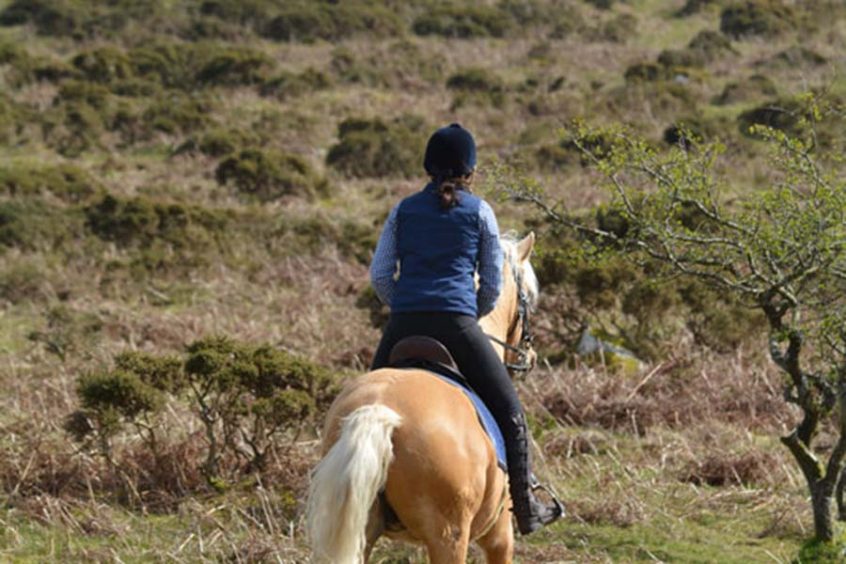The first year I trained with Philippe Karl the main focus was getting our horses really ‘forwards’. I remember this coming as something of a shock as a) I thought my horses were forwards and b) well, what about piaffe? There was one particular session riding my friend Nikki’s huge moving warmblood, while she was riding her utterly ridiculous WB x Lusitano, with both of us flying around the arena hysterical with laugher (about 3 strides would get you from one end of the arena to the other) with Philippe shouting, “This still isn’t his best trot!’
In retrospect what I think he was doing in those early clinics was checking that the riders were really, really happy about turning loose and going forwards. Would our brain and bodies allow those horses to fly? Because without this capacity in us, and the desire in our horse to Go, Go, Go, everything else was going to be a struggle.
Ultimately, what Philippe is looking for is impulsion not speed. We may have used the speed to get all of us freed up, but what we are actually seeking is impulsion – a desire to ‘go’ even in the slowest of walks. I sometimes meet riders thumping horses along out of rhythm, on the shoulders, believing this is ‘forward’ when in reality they’re just out of balance. Impulsion is about a mental release in horse and rider – which you can ‘feel’ even in halt
A majority of the issues I notice for horse and rider combinations are a symptom of a lack of this desire to really go. I saw Leslie Desmond talking about this, describing the main mistake people make when starting a young horse is dampening down their natural desire to move forwards. We want to impose control from very early on, so we try to slow their legs down. We think that by getting ‘stop’ installed we will be safe, but actually having forward readily available is much, much more helpful. When a horse bucks, it’s because his front feet stopped going forwards, when he rears it’s because the hinds got stuck. When he naps, you lost forwards all together.
This is an interesting conundrum. You will be far ‘safer’ with a horse that always and easily moves forwards from the very lightest aids, but the controlling part of our brain finds that hard to believe. I have had my own struggles with this – my Lusitano Des can be extremely, er, fizzy, and the desire in me to dampen him down has sometimes been strong. However, after many years of acting as a test tube for my teaching, it is absolutely clear that allowing him to go – Legs without Hands – is THE best thing for both of us when the proverbial hits the fan. And interestingly, (or not to those of you in the know) , the more I let him go, the calmer he has become. There may be some life lesson in there for us mightn’t there?
The thing with getting a horse to really free up and go is that it’s never going to be possible unless you’re happy to free up too. The leg aids are only a symptom of how you feel about releasing and going. If there is a little bit of you on the inside that doesn’t want to experience all of your horse’s power, then your horse’s response to the leg aid is always going to reflect that. You’re both going to have your mental handbrakes on.
If you know in your heart of hearts that you don’t really, really want your horse to go forwards then it might be worth having a dig around in that. Could you get someone with a really solid horse to help? I know there are great people like Karl Greenwood who offer ‘cantering’ courses, getting you incrementally upping the speed in considered situations on sensible minded horses. Could you have a go at visualising what it would feel like to gallop down a beach, grinning and laughing, enjoying all of that amazing forwards? Could you get some help from a good therapist to help turn that fear into joy? And importantly, have you got a horse whose level of speed and energy you think you actually enjoy? A good friend of mine bravely decided to sell a horse who’s size and power did not suit her, and in his place has a steed who’s stature and speed bring her only happiness. This has been a most excellent choice to make.
Because once you have ridden a horse who’s mental handbrake is completely off – even in the slowest of walks – it’s something that you will become addicted to.

